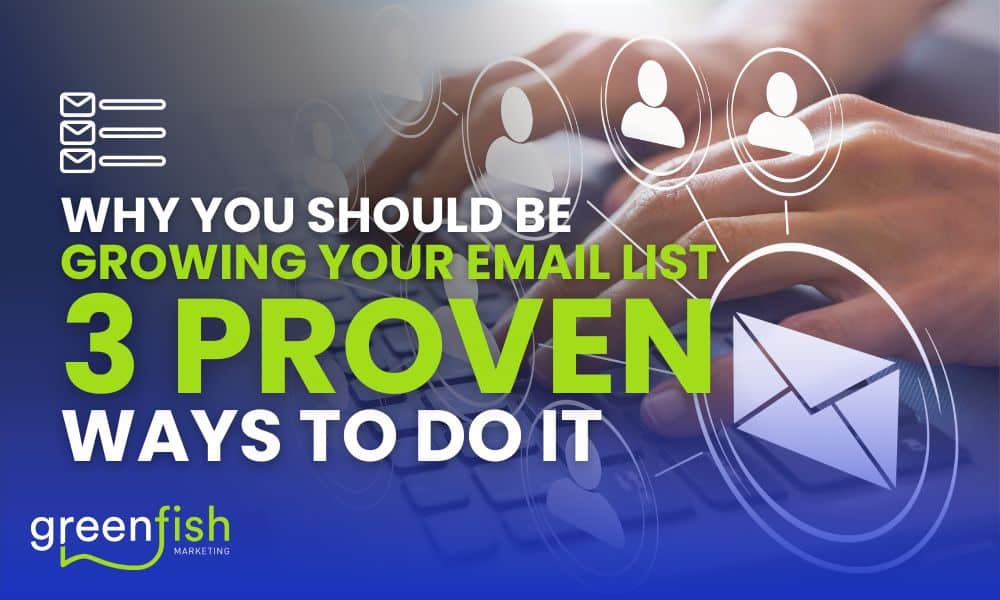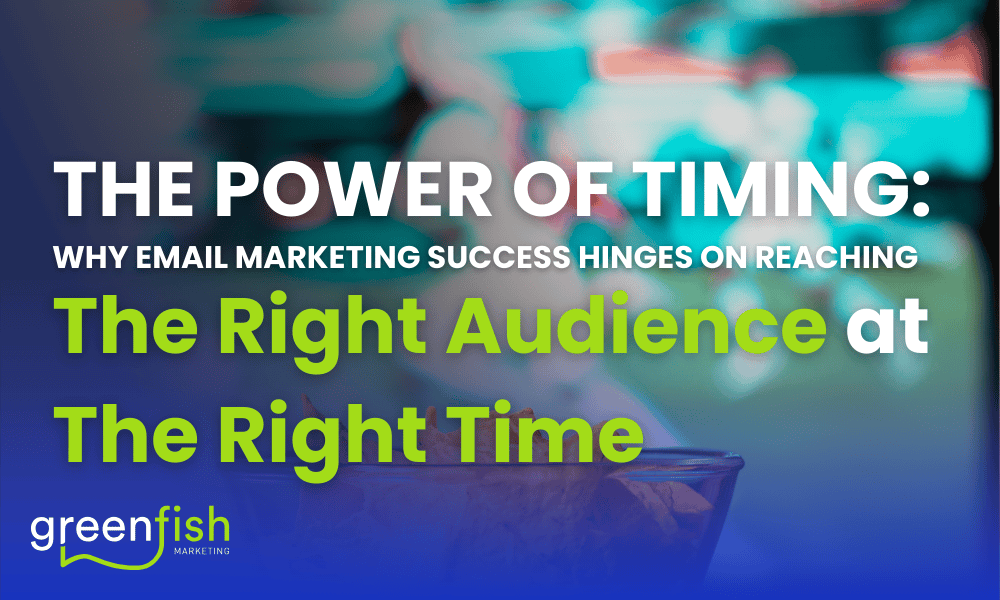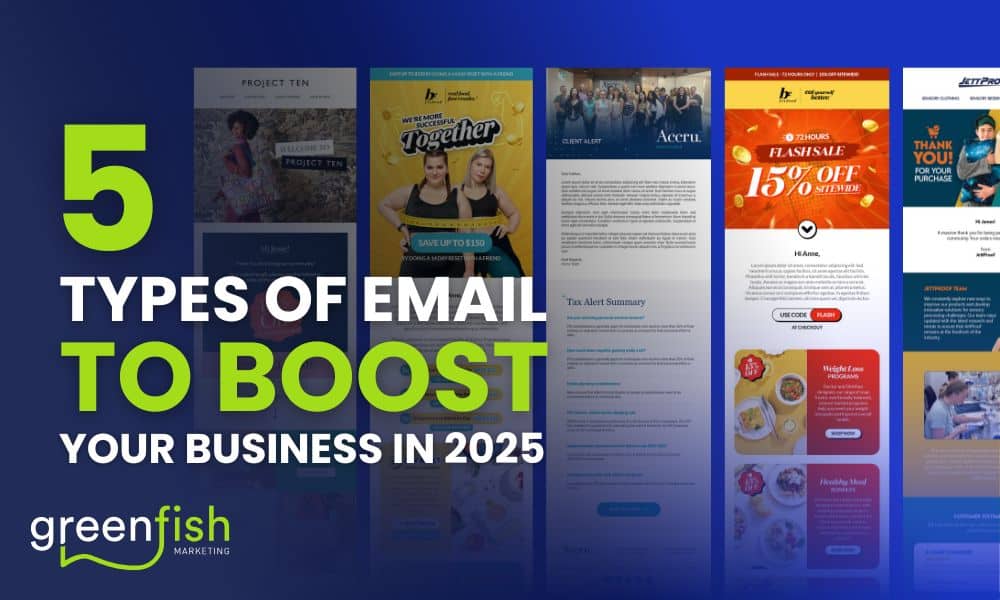When and how often you send your emails can sometimes have more of an impact on your revenue than what you’re actually putting in the content.
Spoiler alert: there’s no magic number. This is one of those age old “how long is a piece of string?” style questions as it depends on so many factors. So while we can’t tell you exactly how often you should send your emails, we can tell you what those factors are and how you can decide what’s best for your customers and your business goals.
Industry + Data = Decisions
Your customer lifecycle and journey is going to be your best guidepost when it comes to how often to send emails out to your customers.
If you’re in fashion, you might be needing to send multiple emails per week because it tends to be a trend driven, fast moving industry where customers love to browse as much as they love to spend. Of course, if your stock is rotated more seasonally or based around limited releases, you may time your emails to suit the product life cycle and you don’t want to be doing things like rushing sending a review email if there’s a chance people haven’t even received their product yet.
Service based industries don’t usually need to be sending multiple emails per week so you may prefer to get into a weekly, fortnightly or monthly “newsletter” style update that is designed to build the relationship with your brand and position you as a trusted authority.
It’s also important to analyse your statistics from previous email campaigns and flows you have. The key figures you want to pay attention to include opens, click throughs, conversions and unsubscribes.
Don’t forget to use A/B testing in your sends too. Try and really understand what subject lines, send times and other variables work best for your audience. This can also be a goldmine of information when it comes to segmentation and automation.
Know Your Goals
You should never just send an email for the sake of sending an email. It’s important to have a strategic goal behind your send and an understanding of what you want people to do with the email once it lands in their inbox.
Do you want them to feel good about their relationship with you?
Do you want them to be informed about their product or service purchase?
Do you want them to buy something?
How does this align with your broader marketing goals and objectives?
Knowing your why will help you craft a genuinely impactful message that will deliver the results you want, when you (and your customer) want them.
Be Consistent
When you leave it too long between capturing information and contacting people, emails automatically aren’t going to be as successful as many will bounce, be marked as spam or otherwise filtered out of inboxes. And that’s before your recipients even try to work out who you are and where you got their email address from.
It’s ok if you don’t have a strict schedule for when you send emails, but some consistency is important for both your customers and your bottom line.
We often see people who’ve done a great job at amassing a database but never done anything with it, then haphazardly send out emails when sales are slow and wonder why the campaign doesn’t have the impact they were hoping for.
Download Our Email Marketing Checklist
While there isn’t a clear cut answer to how often you should be emailing your database, there are some very clear best practices and tips that will help you get the results you want.
Our email marketing checklist steps out everything you need to consider to send great emails to your database. Download your copy here.




